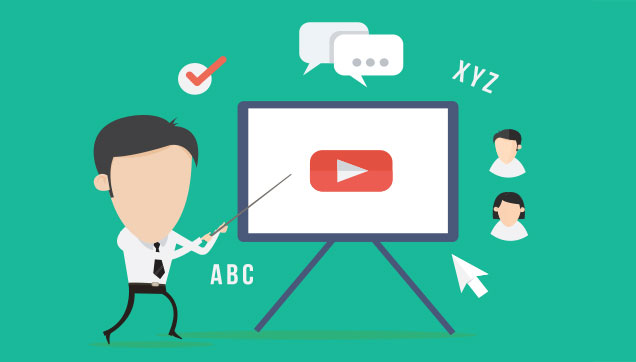Transforming the Class with Google Apps

Originally published in TEACH Magazine, September/October 2014 Issue
By Allison Mollica
When I reflect on my years working in classrooms with students, I think about how much time it took to access and use essential technology B.G. (before Google). I compare it with what it must have been like for people before electricity and after electricity. B.G., we had limitations, we couldn’t do things as quickly, and we did a lot of manual labor. A.G. (after Google), it was as if someone had flipped a switch and automated our educational world.
Using technology was traditionally a BIG DEAL, and honestly painful much of the time. It was difficult. It was time consuming. It was challenging. I love to problem-solve and overcome hurdles, so this was not a problem for me, but it was a problem for others. Schools became heavily dependant on technology integrators to build the bridge between technology and the curriculum.
As a technology integration specialist at a junior high school, I met a social studies teacher who wanted me to help him take his “Adopt A Country” project from a three-ring binder portfolio to a digital space. At this time, Web 2.0 had emerged and wikis and other creation tools were available on the web. So, I leaped at the challenge and within that year we moved this project from paper to computer.
Yay, you say? Not quite. Digital was better, but it presented new challenges. I had to produce step-by-step instructions for everything. Students didn’t have email accounts, so I had to set up their tools and manage them. Students were using cloud-based tools—Microsoft Word documents and other local applications that were stored on a closed network. We had challenges with organization and transferring these pieces for attractive display in the cloud. I spent my nights and weekends writing updates and how-tos for both the teachers and students.
Simply put, it was chaotic. The argument that technology was an extra layer of work was holding true, and going digital was not efficient. The disconnect reduced student engagement and happiness. Teachers had difficulty accessing the work and providing both formative and summative feedback and assessment.
Then, Google Apps for Education came along, which I quickly identified as a ‘suite’ opportunity. One account, one login for everything we needed—documents, spreadsheets, presentations, forms, drawings, sites, videos, and more. Plus, it’s free to use.
The next year we were able to make use of all the Google tools as part of the project that we integrated into Google Sites. We used Google Sites for the instructional site and posted samples, rubrics and resources for students to follow. We even began flipping our project by creating screencast how-to videos, uploading them to our synced YouTube account, and embedding them on our Site.
Beyond the ease in which the applications are integrated, the real magic in the Google suite is the share button. The ability to share documents with individuals; groups; and the public and then manage access as a viewer; commenter; or editor; makes feedback and assessment timely and easy, thus effective. Not only were we able to pull all the elements into a Google Site portfolio, but the teachers and students were able to comment and share within a single document, spreadsheet or presentation.
This not only increased student and teacher happiness, but helped build relationships between the instructor and the student. Students began receiving timely feedback and could even share their accomplishments with an audience. Engagement increased and the project became more successful. Students gathered knowledge while we observed, encouraged, facilitated and cheered them on.
I am now a virtual instructor for New Hampshire’s public Virtual Learning Academy Charter School, and as a computer teacher I often have discussions about the use of technology in education with my students. Students tell me they prefer the anytime, anywhere access to applications in the cloud. They often suggest that their brick and mortar schools should adopt more efficient technology.
Often, it is natural for organizations to focus on cost savings and ease of use the apps provide. That is partly what makes a Google Apps integration sustainable. It is the educational impact, however, and the reach to the students that make it so viable for the classroom.
I consider Google Apps the Amazon of education. There’s one account with endless uses—anywhere, anytime and on any device. It is a truly a treasure trove of opportunity.
Allison Mollica is an instructor at the Virtual Learning Academy Charter School, New Hampshire’s only completely online public school. Prior to that, she spent many years as a classroom teacher. She was recently selected among thousands of applicants in the United States to become a Google-certified teacher.
